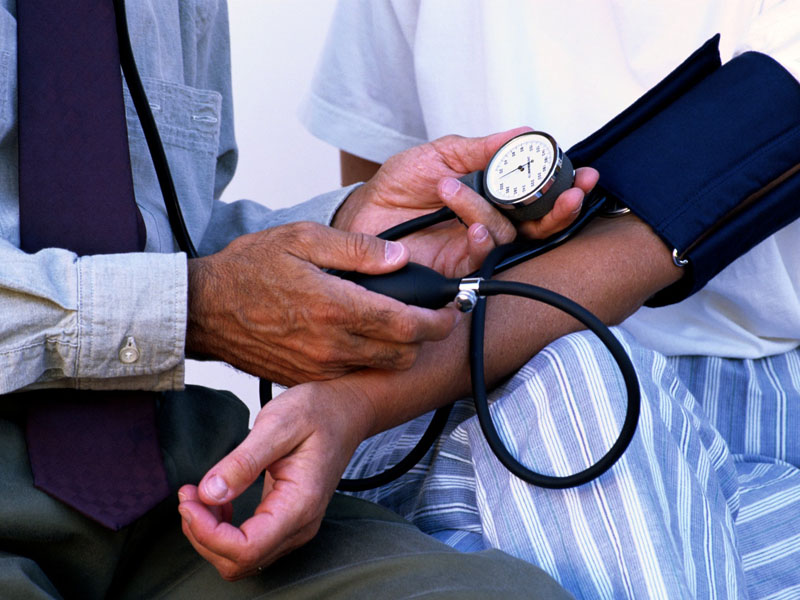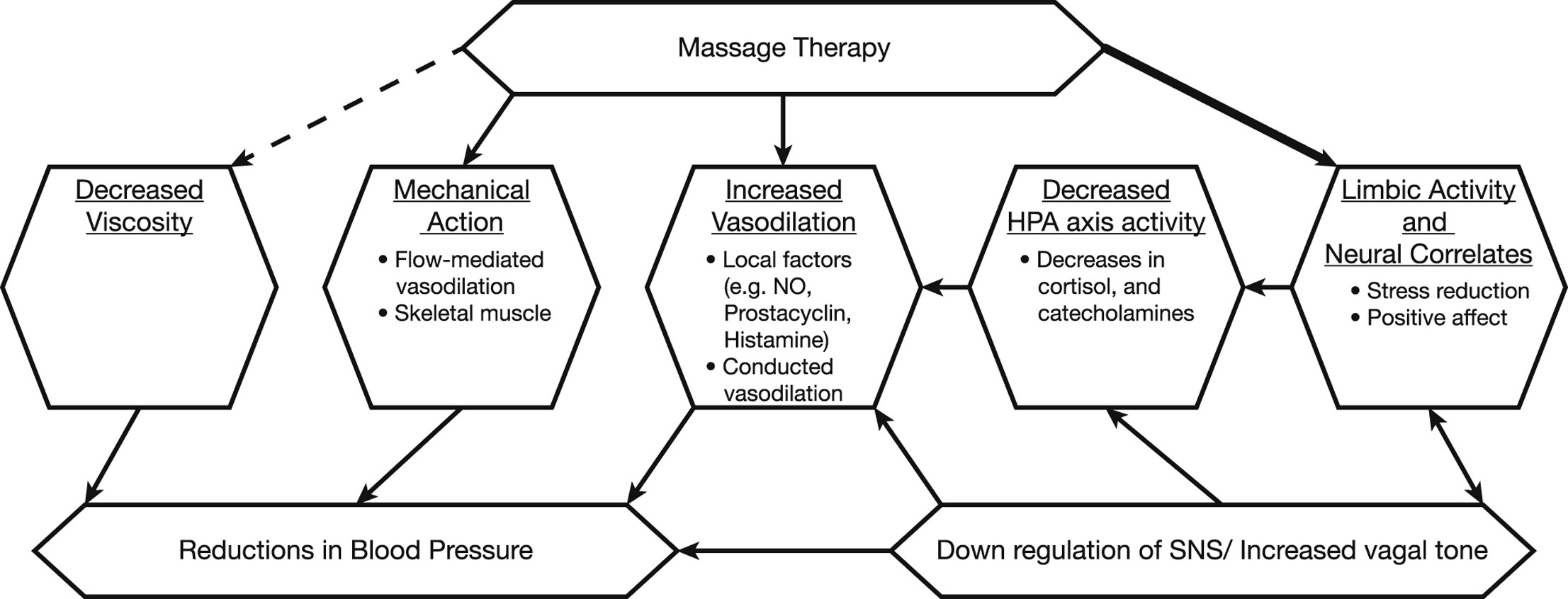Massage therapy: understanding the mechanisms of action on blood pressure
 Massage therapy has shown potential in reducing blood pressure; however, the psychophysiological pathways and structures involved in this outcome are unclear. Nicole Nelson from University of North Florida, conducted a review to summarize the current knowledge of the mechanisms of massage therapy on blood pressure. The review included the thematic analysis of 27 publications.
Massage therapy has shown potential in reducing blood pressure; however, the psychophysiological pathways and structures involved in this outcome are unclear. Nicole Nelson from University of North Florida, conducted a review to summarize the current knowledge of the mechanisms of massage therapy on blood pressure. The review included the thematic analysis of 27 publications.
Based on this analysis, six potential blood pressure mediating pathways were identified. Current theories suggest that massage therapy exerts sympatholytic effects through physiologic and psychological mechanisms, improves hypothalamus–pituitary–adrenocortical axis function, and increases in blood flow, which, in turn, may improve endothelial function.
Representative connections among massage therapy and psychophysiologic effects. This figure suggests that massage exerts influence across multiple physical and psychological domains, which, in turn, may be responsible for blood pressure reductions. This figure is not meant to be all inclusive.

